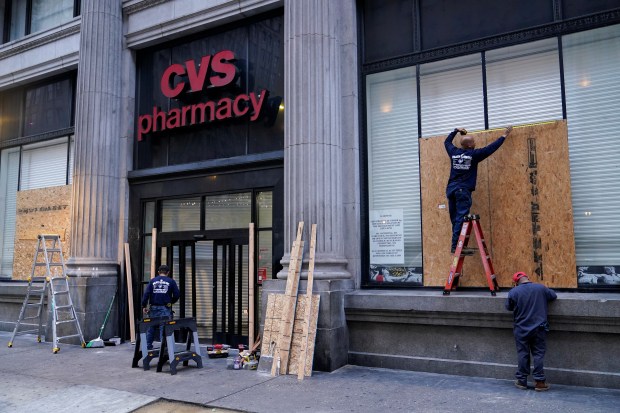A recent federal court ruling has temporarily halted a state law that threatened to force the closure of numerous CVS pharmacy locations, providing a brief reprieve for consumers and the healthcare industry in that region. This legal intervention underscores a larger, more pressing national concern regarding the accessibility of essential pharmaceutical services, a challenge growing in severity across the United States.
The controversial legislation aimed to impose new operational requirements that, if enacted, would have rendered many pharmacy locations economically unviable, leading to widespread shutdowns. While CVS stores in this particular state have been granted a temporary reprieve, the broader trend of pharmacy closures continues unabated in other parts of the country, leaving millions vulnerable.
This ongoing crisis is not limited to a single chain; industry giants like Walgreens have also announced extensive plans to shutter hundreds of stores across 33 states. These closures, often driven by shifts in consumer behavior, declining profitability, and increased operational costs, signify a fundamental restructuring within the retail pharmacy sector.
The ripple effect of these closures is profound, giving rise to what experts term “pharmacy deserts” – geographical areas where residents lack convenient access to a pharmacy. These deserts disproportionately affect underserved communities, where limited transportation options and fewer healthcare facilities exacerbate existing health disparities.
Alarming statistics highlight the scale of this problem: nearly 50 million Americans currently reside in areas with inadequate access to a pharmacy. This deficiency means delayed or missed medication pickups, reduced access to vital health screenings, and a critical lack of professional pharmaceutical advice, impacting preventative care and chronic disease management.
The implications for public health are substantial. Without easily accessible pharmacies, individuals may face significant hurdles in managing their health conditions, leading to poorer health outcomes and increased strain on emergency services. The convenience of a local pharmacy often provides a first line of defense in community health, offering more than just prescriptions but also basic health consultations.
As these strategic closures by major chains like CVS and Walgreens continue, the focus intensifies on how states and federal authorities might intervene to protect public access to essential healthcare infrastructure. The legal battles, such as the one seen recently, are just one facet of the complex challenge of balancing business viability with community well-being and healthcare access.
The path forward remains uncertain for countless communities dependent on their local pharmacies. While temporary injunctions offer momentary relief, the long-term solution requires a comprehensive approach addressing the economic pressures on pharmacies and ensuring equitable distribution of vital healthcare resources across the nation. The ongoing fight to preserve pharmacy access is a critical component of maintaining overall community health.






Leave a Reply